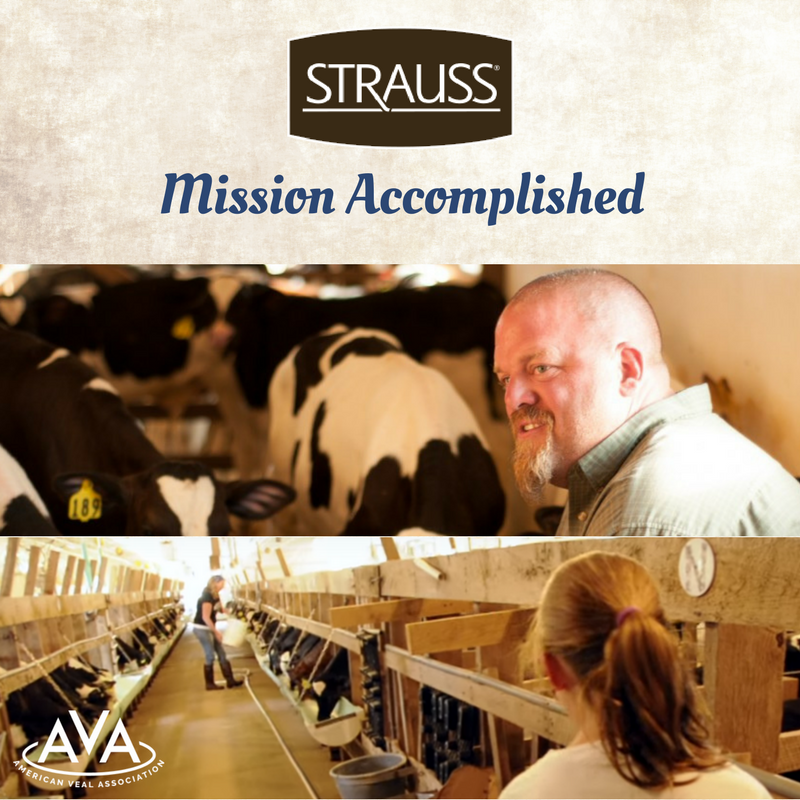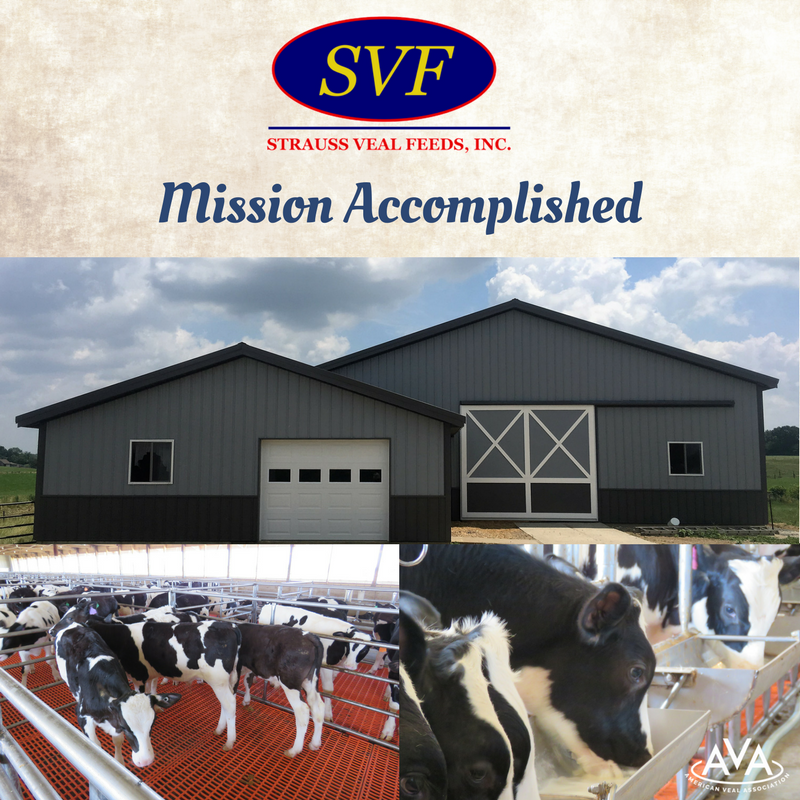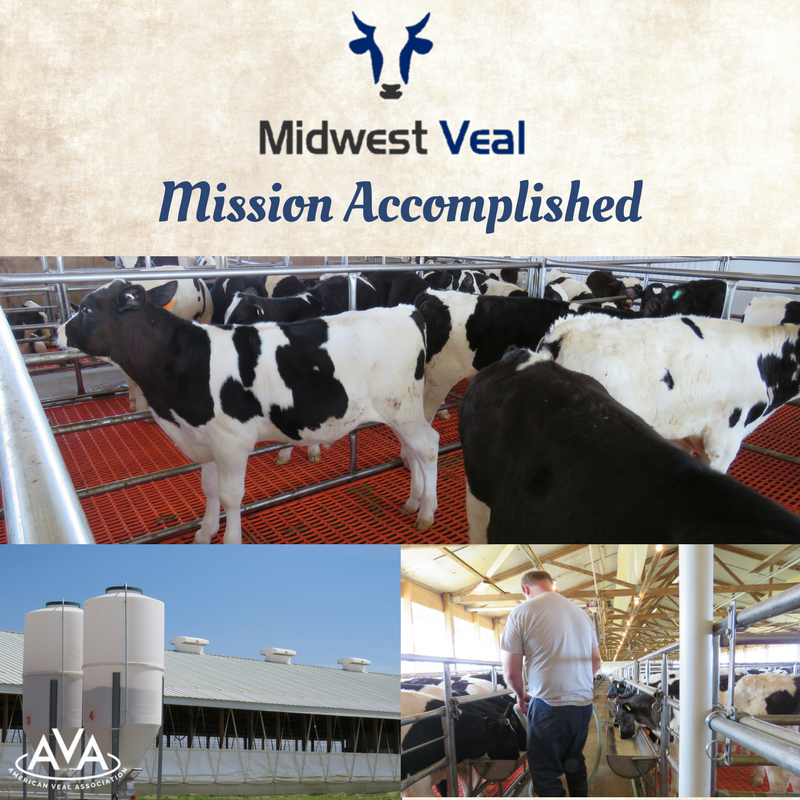AVA Members Complete Transition to Group Housing
Veal farmers knew a decade ago there was a better way to raise and care for milk-fed veal calves. The American Veal Association (AVA) established a goal in 2007 to move completely to group housing over a ten-year period. Since then, AVA members dedicated themselves to researching the best facilities to provide optimal care and the financial resources to make it happen by the end of 2017.
“As we start the new year here in 2018, I am pleased to confirm that all AVA-member companies and individuals involved in veal production have successfully transitioned to group housing and no tethers,” acknowledged Dale Bakke, AVA president. “Industry members have invested more than $150 million in building new facilities and renovations to achieve this milestone. Those members include Marcho Farms, Catelli Brothers, Strauss Brand Veal, Midwest Veal, Strauss Veal Feeds, and Provimi Foods.”
Additionally, the association reports castration, dehorning, tail docking or tethers are not practiced on AVA member farms.
Today, there are a variety of different facilities to house veal calves in groups ranging from as few as two up to groups of ten or more. These facilities allow for the Five Freedoms of Animal Welfare, which is the international standard for assessing expression of normal behavior in animals.
“The health and well-being of the calves has been and will continue to be a priority,” acknowledged calf veterinarian, Dr. Marissa Hake. “Newborn calves need special attention to grow and thrive. It was important that the desire to move calves to group pens did not sacrifice the need for individual care and attention. We found calves individually penned for the first 8-10 weeks is still optimal for calf health, just as is standard in heifer and beef raising.”
Read the News Release
Girl Carnivore hosted a video tour of a veal farm in Indiana to see how the calves are raised. Watch the video.
These member companies completed the transition to group housing.







